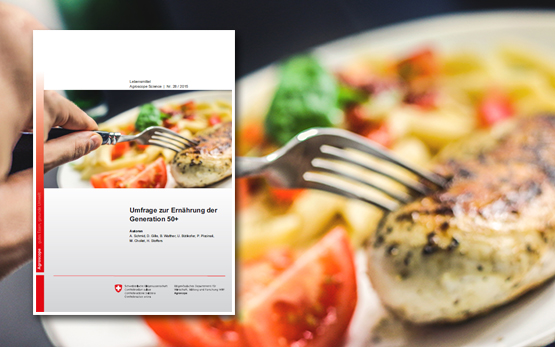To defend themselves against pathogenic microorganisms, honey bees resort to social immunity mechanisms, such as the secretion of antibiotic compounds in the jelly they feed to their larvae. Whereas the bactericidal activity of jelly fed to queen larvae is well studied, little is known about the bioactivity of compositionally different jelly fed to worker larvae. However, the numerous worker larvae are likely to drive the spread of the microorganism and influence its virulence and pathogenesis. Diluted jelly or extracts are mostly used for jelly bioactivity tests, which may bias the evaluation of the pathogen's resistance and virulence. Here, we compared the bactericidal effect of pure and diluted jellies destined for queen and worker larvae on Melissococcus plutonius, the etiological agent of the European foulbrood (EFB) disease of honey bees, and on a secondary invader bacteria, Enterococcus faecalis. We tested three strains of M. plutonius with varying virulence to investigate the association between resistance to antibacterial compounds and virulence. The resistance of the bacteria varied but was not strictly correlated with their virulence and was lower in pure than in diluted jelly. Resistance differed according to whether the jelly was destined for queen or worker larvae, with some strains being more resistant to queen jelly and others to worker jelly. Our results provide a biologically realistic assessment of host defenses via nutritive jelly and contribute to a better understanding of the ecology of M. plutonius and of secondary invaders bacteria in the honey bee colony environment, thus shedding light on the selective forces affecting their virulence and on their role in EFB pathogenesis.






